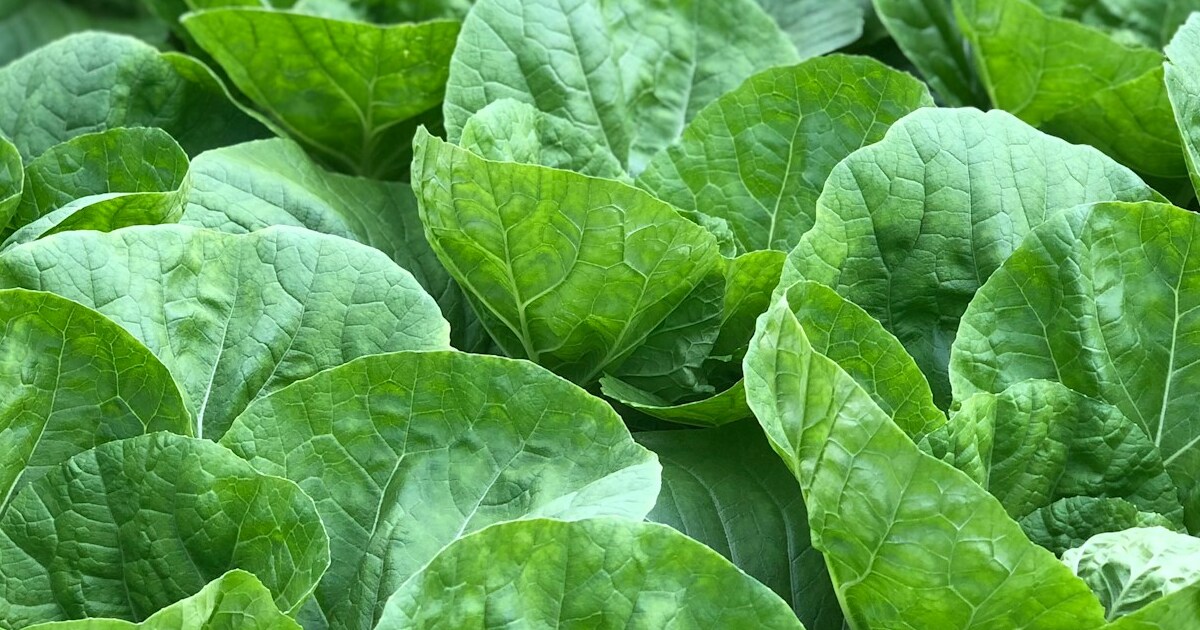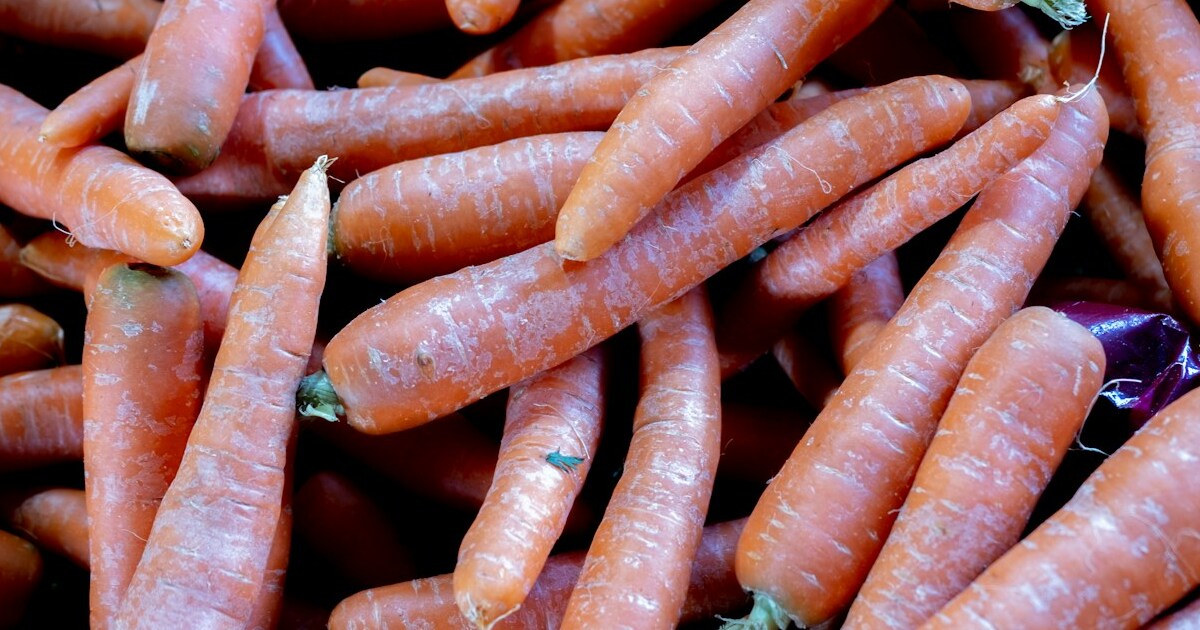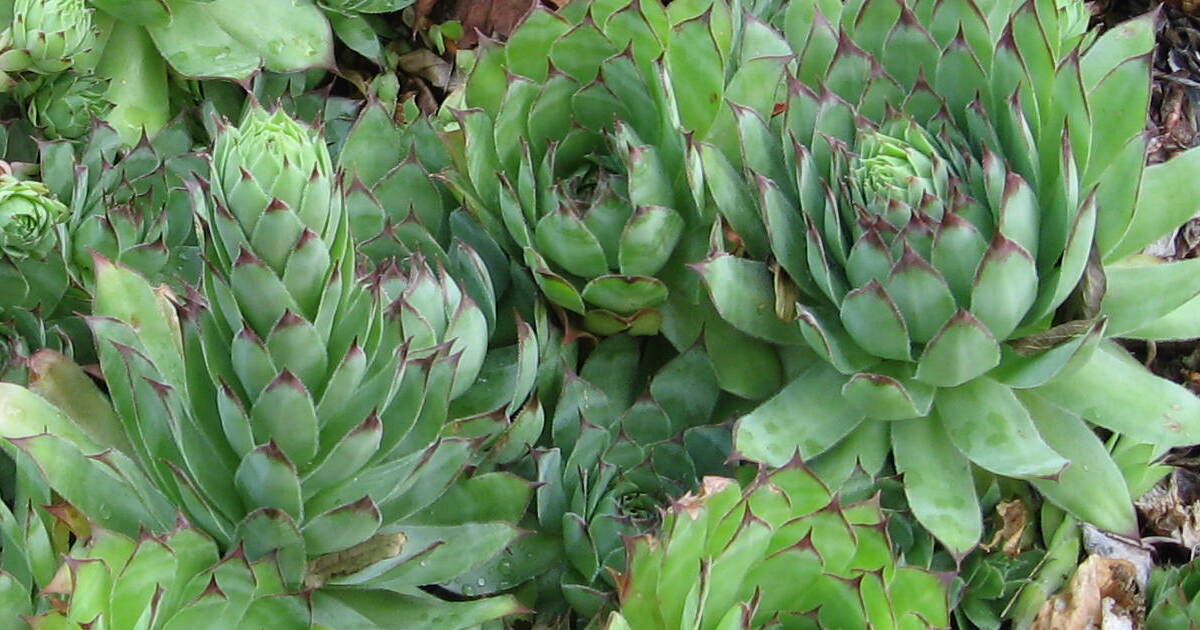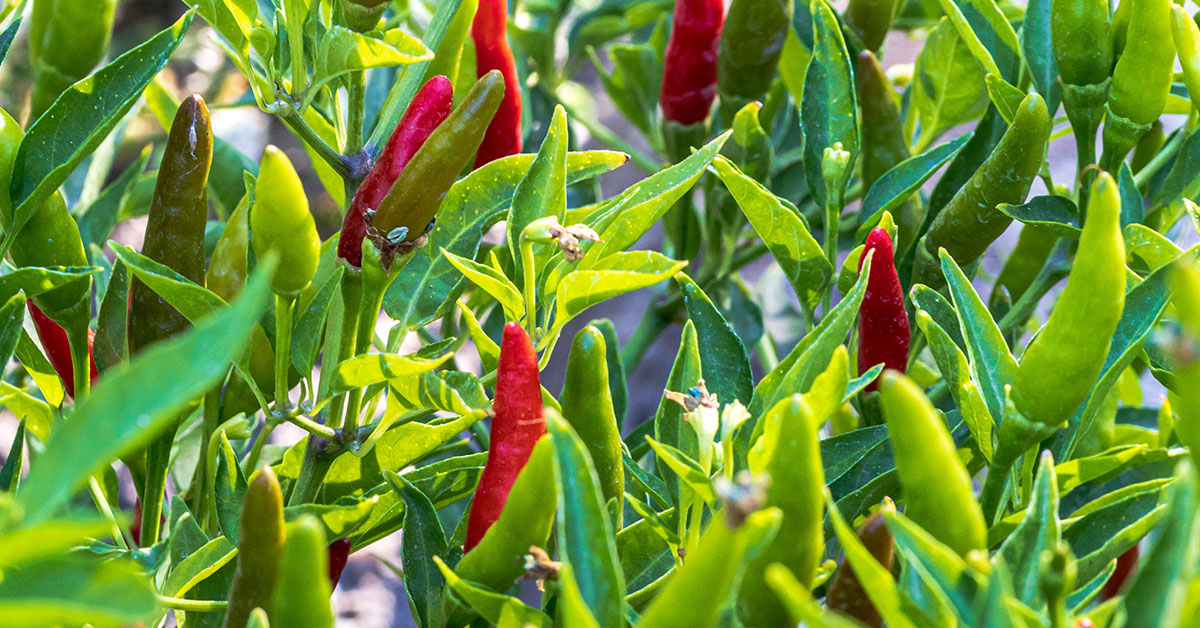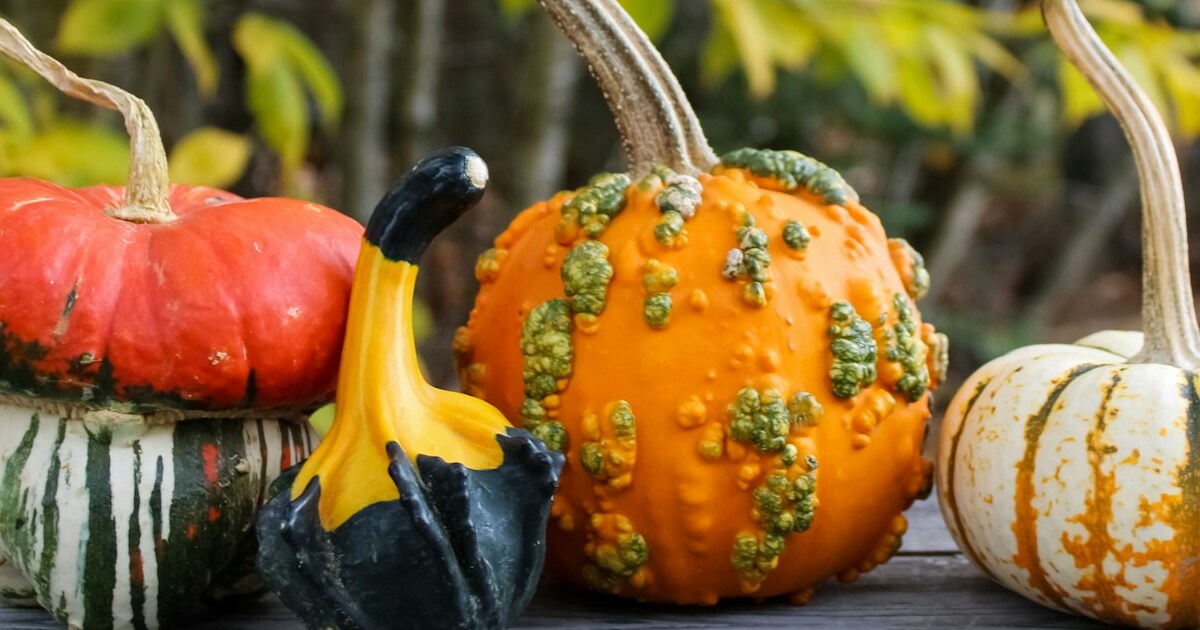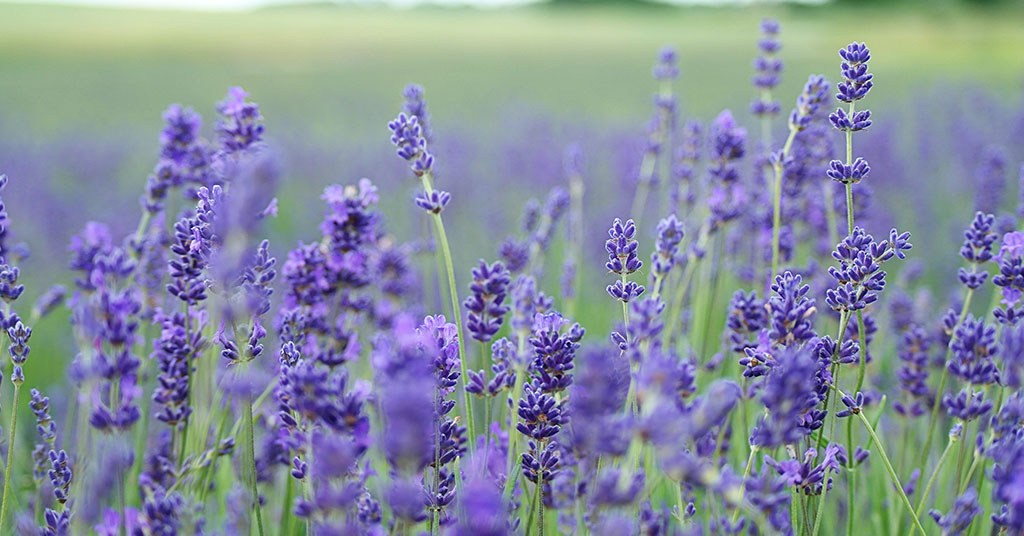Having an aloe vera plant in your home is a great way to bring a bit of nature indoors and add some greenery to your living space. Aloe vera is a low-maintenance plant that doesn’t require intensive care, which makes it a good plant for beginner and novice gardeners alike. It can be quite upsetting when your aloe vera plant doesn’t thrive and begins to turn yellow or brown though. It’s a problem that could be caused by several different factors. If your aloe vera plant is turning brown, it’s a sure sign your plant is struggling to survive. In this article, we’ll attempt to diagnose why your aloe is turning brown and give you guidance on how to fix it.
Why your aloe vera plant is turning brown
Aloe vera plants turn brown for a number of reasons, including overwatering, underwatering, poor light, cold temperatures, aging foliage, and poor nutrition. In this section, we’ll do a deep dive on each cause.
Over or under watering
Over-watering is the most likely reason that your aloe vera plant is turning brown. Aloe vera plants are drought-tolerant succulents that don’t require a lot of water. If you are consistently giving the plant too much water, the leaves may begin to turn brown and even start to rot. The soil should be allowed to dry out completely between waterings. If the plant is already turning brown, your best bet is to cut off the affected leaves and reduce watering until the plant is back to a healthy state. If you suspect root rot, your may need to uproot your aloe vera plant and remove infected roots.
Underwatering an aloe vera plant can also cause serious damage to the plant and can even lead to death if not addressed in time. When an aloe vera plant is not receiving enough water, it will begin to show signs of dehydration such as wilting, yellowing, browning of the leaves, or the leaves become crisp and dry. It’s important to water an aloe vera plant regularly, but do allow the soil to dry out between waterings.
Insufficient light
Aloe prefers bright, indirect sunlight. Too much direct sunlight can cause the leaves to burn, and the plant will not be able to absorb the necessary nutrients for growth. On the other hand, not enough sunlight can cause the leaves to droop and become weak. If your aloe is placed in a shady area that doesn’t get any sun at all, it will probably not survive. If it does, it may not grow especially well.
Cold temperatures
Cold temperatures can cause an aloe vera plant to turn brown or yellow. Aloe vera plants are particularly susceptible to cold damage if the temperatures drop below 50 degrees Fahrenheit. The foliage of the plant can become discolored and start to turn brown or yellow. This is a sign that the plant is not receiving enough light and warmth, and is likely suffering from frost damage. As a result, it is important to keep aloe vera plants in a warm, sunny location and to protect them from cold temperatures by bringing them indoors during cold weather or covering them with blankets or other materials when necessary.
Aging foliage
If you think your aloe vera plant is turning brown for a reason not listed here, it could be that your plant is just old and beginning to enter its final stage of life. A single aloe vera plant will most likely live for around 10-15 years before it begins to die. Although it’s sad that our plants age in the same way that we do, aloe tends to send up lots of “babies” that can be removed from the plant and propagated elsewhere, meaning you’ll always have an aloe or two around!





